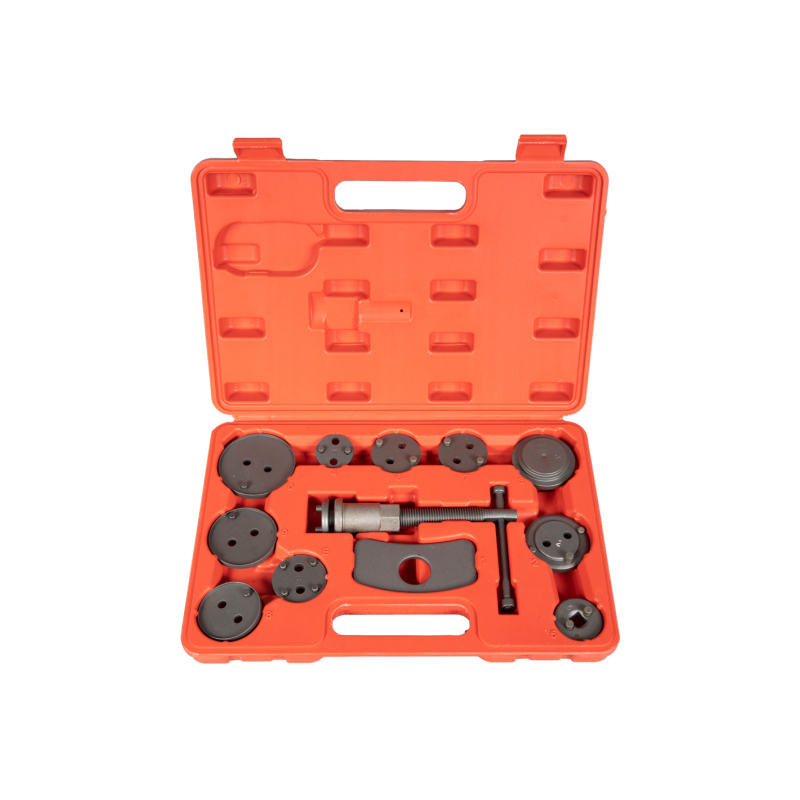

Fuel Pressure Tester is a device that can measure the pressure change of fuel at the fuel pump. This is very helpful for those who have small gas engines. It can also be used to check for problems like low pressure, excessive wear, etc. Before buying a fuel system, one should make sure whether the pressure at the pump is accurate or not.
Fuel Injection Pressure Gauge is also known as FIT to acronym stands for Fuel Injection Tracking and Indicator. This gauge shows the pressure of air or fuel at the fuel pump. This gauge helps you know about the amount of fuel in the system. With the help of this gauge you can monitor the performance of your engine. There are different types of gauges available with the help of which you can monitor the performance of your vehicle.

There are various types of gauges available with the help of which you can determine the condition of your vehicle. There are manual gauges and automatic gauges. Manual gauges can be manual dials, needles and read out screens. They have three to four numbers for displaying the pressure. There are fuel gauge kits available in the market but you need to check the availability of gauges before buying.
The needle gauges are used for checking the amount of pressure at the needle. They come in various designs and styles. The digital gauges come with digital display which can be read from a distance. You need to check the compatibility of gauges with your vehicle before installing them.
The needle gauges are fixed under the hood of the car. They can be attached to the dashboard or the console by screws. Before installation you have to check for the correct screws so that you do not get it reversed.
You can also use fuel card or the fuel pump as a gauge. You have to check it properly to make sure that it is in good working condition. If you find it faulty then you should replace it.
The fuel delivery gauge helps you check the pressure level of fuel in the cylinder. You can also check the front engine performance of your car. You can use this to check the drain holes and the pressure of hoses. You can use the fuel delivery gauge to check for any leakages.
The fuel pressure tester must be cleaned periodically otherwise it will prevent its proper functioning. You can use it for more than one engine. This device is very much useful for monitoring the pressure of fuel and other fluids. You should always consult a mechanic before buying a gauge kit.
Some people prefer to use these gadgets even when they are not at home. It is advisable to use them when you are not at home because there are chances of using it while you are asleep. It can help you monitor the level of your tire's inflation. It can help you fix a flat tire if you are not familiar with the use of a wrench. You should never try to repair a flat tire yourself.
You should always buy a pressure gauge that comes with an automatic shut-off system. It saves fuel by automatically shutting off the engine when the pressure rises beyond a certain limit. Pressure gauges of different gauge kits have different shut-off systems. This is important because the shut-off system prevents overpressure from damaging the device. It is also advisable to buy a pressure tester that has a long-range warranty.
A fuel gauge can be used to check the amount of fuel in the tanks of the vehicles. It is very useful to motorists because it helps them save fuel. When the fuel in the tank is less, it takes longer for the car to move. This is because the engine burns fuel slowly. If you do not check the gauge often, you will notice that your car is running low on fuel when you do run out of gas.
Fuel pressure gauge is commonly used by drivers and mechanics. It is a convenient tool that helps them gauge the amount of fuel in their cars or trucks. It is usually installed right above the engine. The user just needs to unscrew the valve cap and insert the gauge into the engine. He or she needs to put his or her finger over the gauge for reading the pressure.

